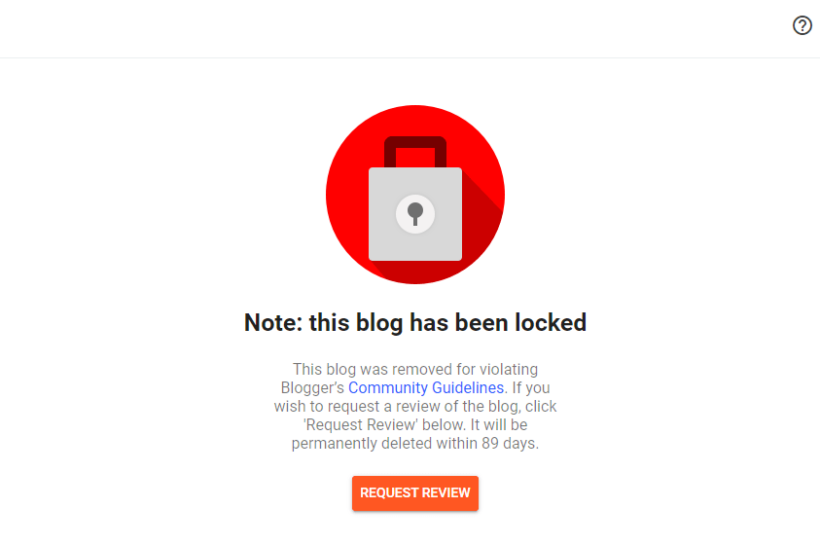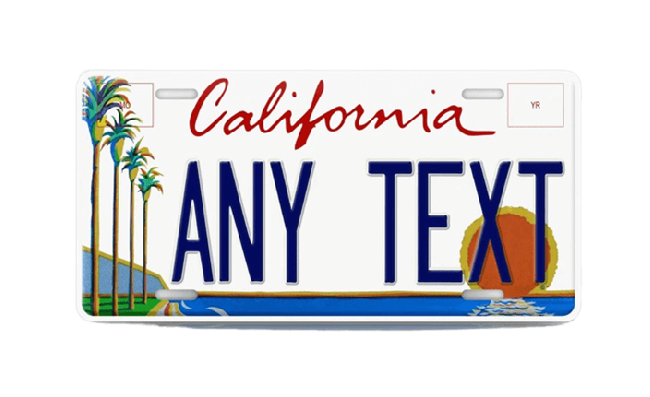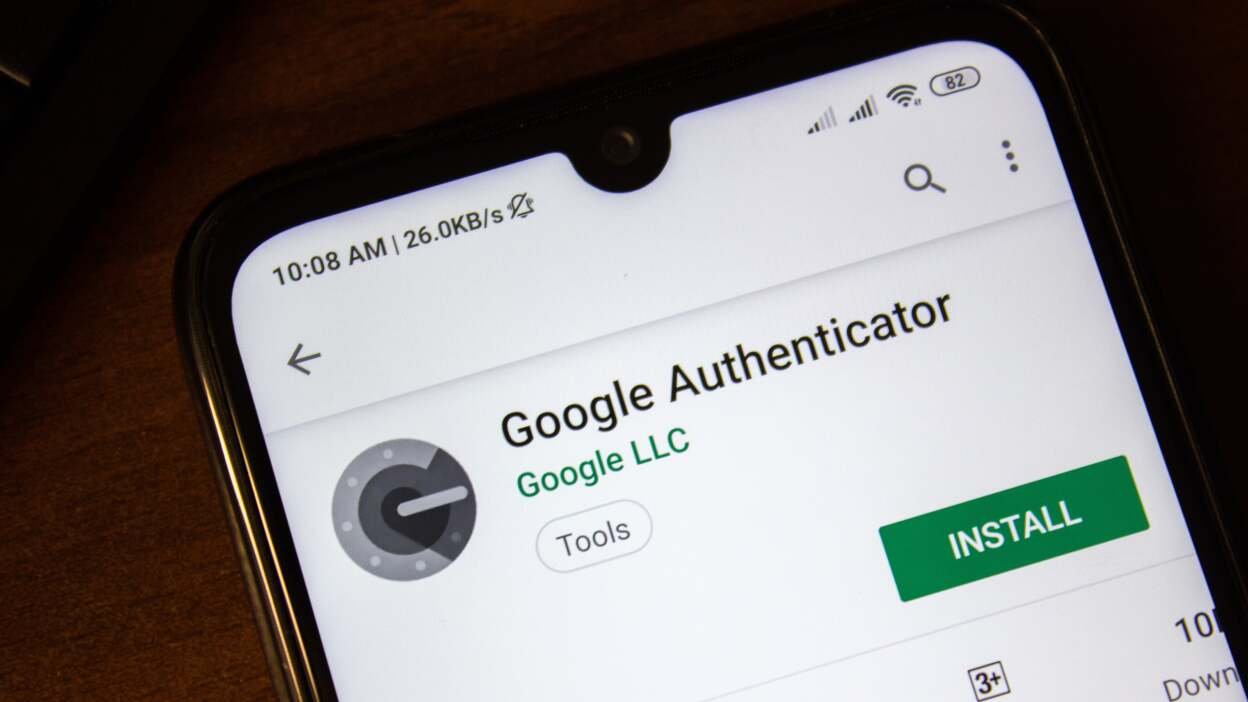
For Ingrid Palomo, worrying about when she will receive her financial aid distracts her from her studies.
The Fullerton College student has credit card debts to pay and her car has just broken down, so it is a relief when her financial aid check arrives in mid-September.
With a fee waiver, the only bill Palomo must pay is the cost of her textbooks, and the rest is hers to use however she wishes.
Palomo is one of 47 percent of undergraduate college students who receive federal financial aid, according to federal statistics.
But not all of that money goes to their education; some use their financial aid dollars to buy groceries, gadgets and gifts.
Once the federal government releases the check, it has little control over how the money is spent.
Some consider financial aid as similar to an economic stimulus package or a tax refund.
“A student using financial aid money is helping the economy whether he or she buys an Xbox 360 or a laptop,” said Daniel Jang, a supervisor at Fry’s Electronics in Anaheim.
Looking at advertisements from Best Buy and Fry’s, the big sales hit during tax refund season and the start of school semesters.
The average annual student aid is $9,100, according to the National Center for Educational Statistics.
Pell Grants provide more than $7 million to Santa Ana College each year, said Associate Dean Robert Manson of the financial aid office.
This amount does not include Cal Grants or fee waivers.
Depending on one’s outlook, when college students receive financial aid – however they spend it – this can be seen as helping the economy or as unfair to others who are unable to afford college yet do not quality for aid.
An example is Gina Halliburton of Anaheim who says she wishes she could attend college, but her parents’ annual income does not qualify her for financial aid and they do not contribute to her educational expenses.
“The system is flawed,” said Halliburton.“It always has been and it will be for a while longer, which is why I have given up on going to college. At least for now.”
A look at the official Free Application for Financial Student Aid website shows this broad guideline: “Federal student aid covers school expenses such as tuition and fees, room and board, books and supplies and transportation. This aid can also help you pay for a computer and dependent childcare expenses.”
In other words, financial aid is not only intended for school expenses, but also for basic living expenses while a student is attending college.
Some people think that these grants should be audited.
Jankee Pandya, from Cal State Fullerton, says she knows people who use the financial aid money towards school expenses, yet she knows people who use the money for concert tickets and shopping for personal items.
“Using it on things like concert tickets and such is kind of like robbing the government,” Pandya said.
Ron Ortiz, another CSUF student, has noticed the same thing.
“From what friends have told me, they get twice as much than what is necessary to pay for school and they use the rest to splurge.”
He also said he believes some students might slack off.
“You’re more inclined to take something more seriously if you pay for it yourself, I always thought,” Ortiz said.
But since student aid guidelines don’t draw a hard line, Jang of Fry’s Electronics sees a side benefit. “The only way financial aid hurts the economy is if the student decides to save the money and not spend it,” Jang said.
Sophomore Ingrid Palomo says now that she is out of debt and her car is fixed, she is better able to concentrate on her coursework.
By using her check this way, Palomo may help the economy, but she is also staying within the federal guidelines, and this is how she decided to use her student financial aid.
Spend it or save it?
“The average annual student aid is $9,100, according to the National Center for Educational Statistics. Pell Grants provide more than $7 million to Santa Ana College each year,” said Associate Dean Robert Manson of the financial aid office. This amount does not include Cal Grants or fee waivers.
Alexi Parker / el Don




















